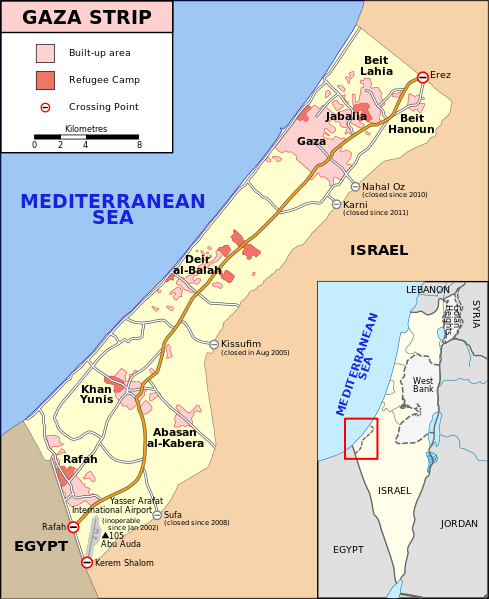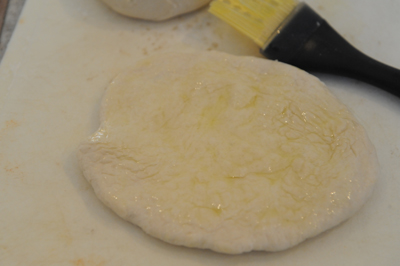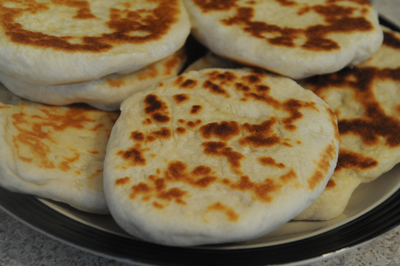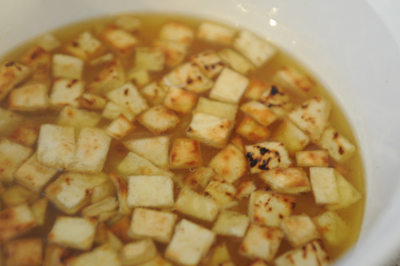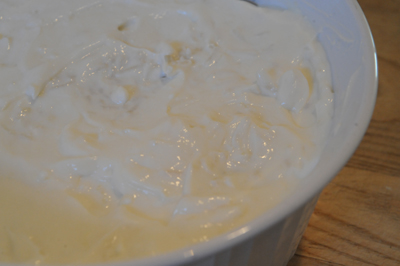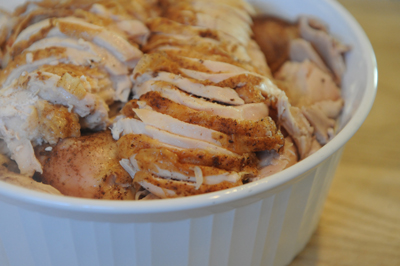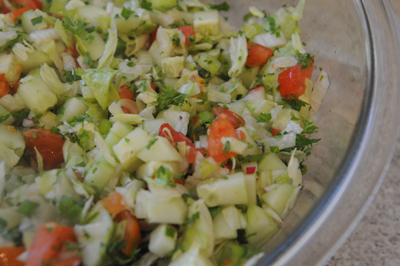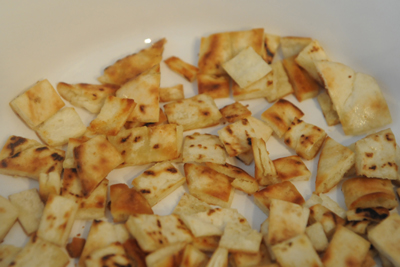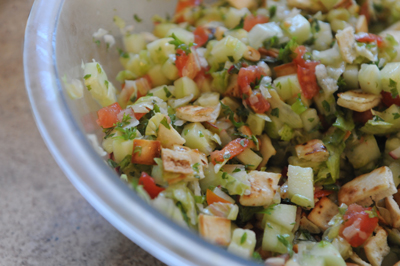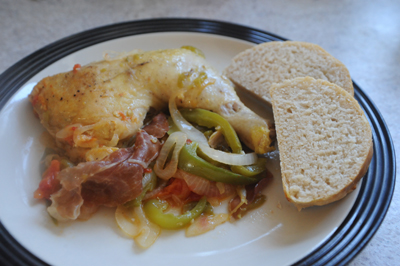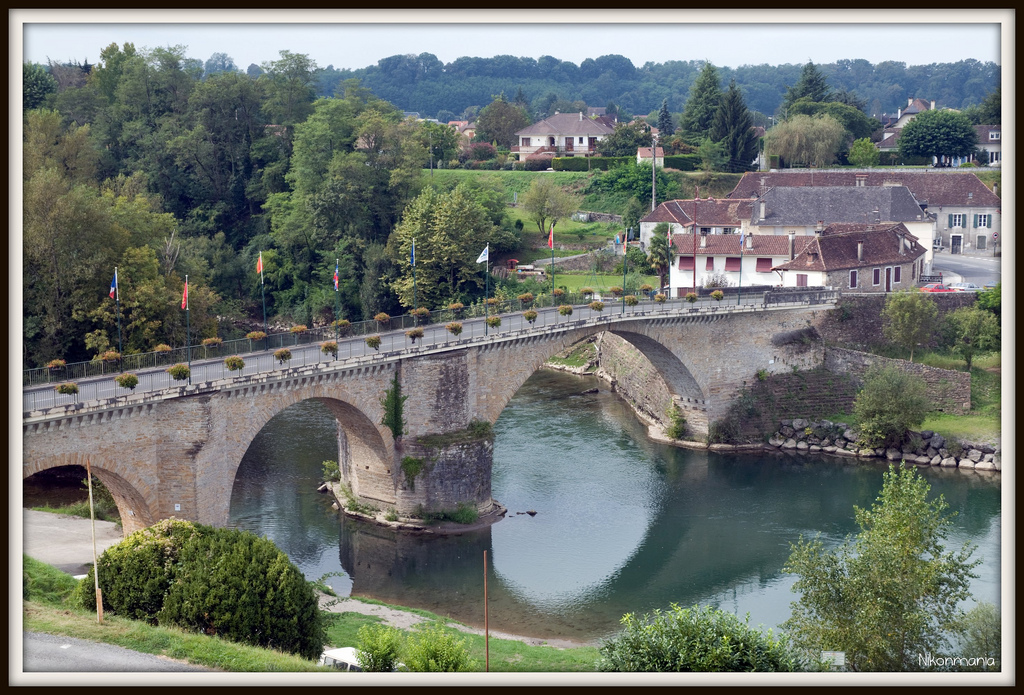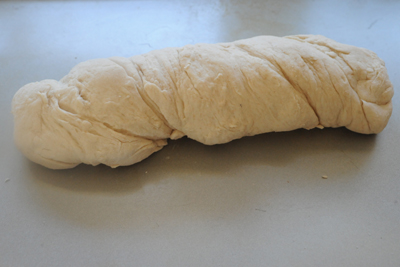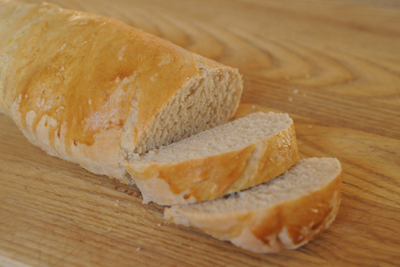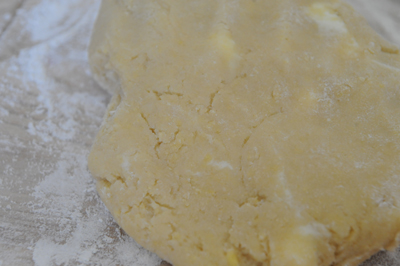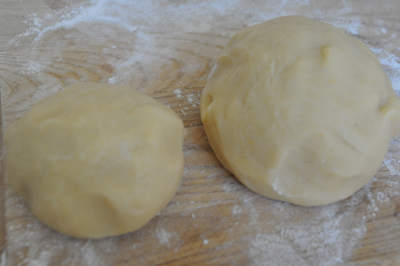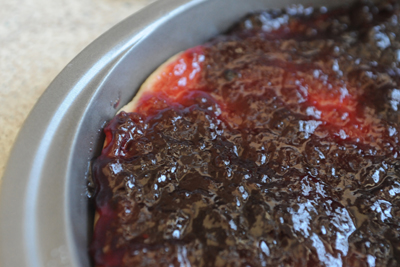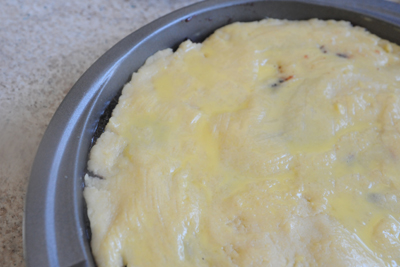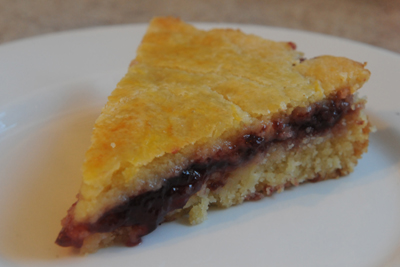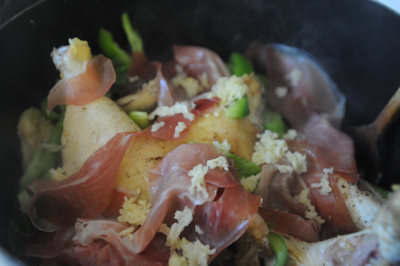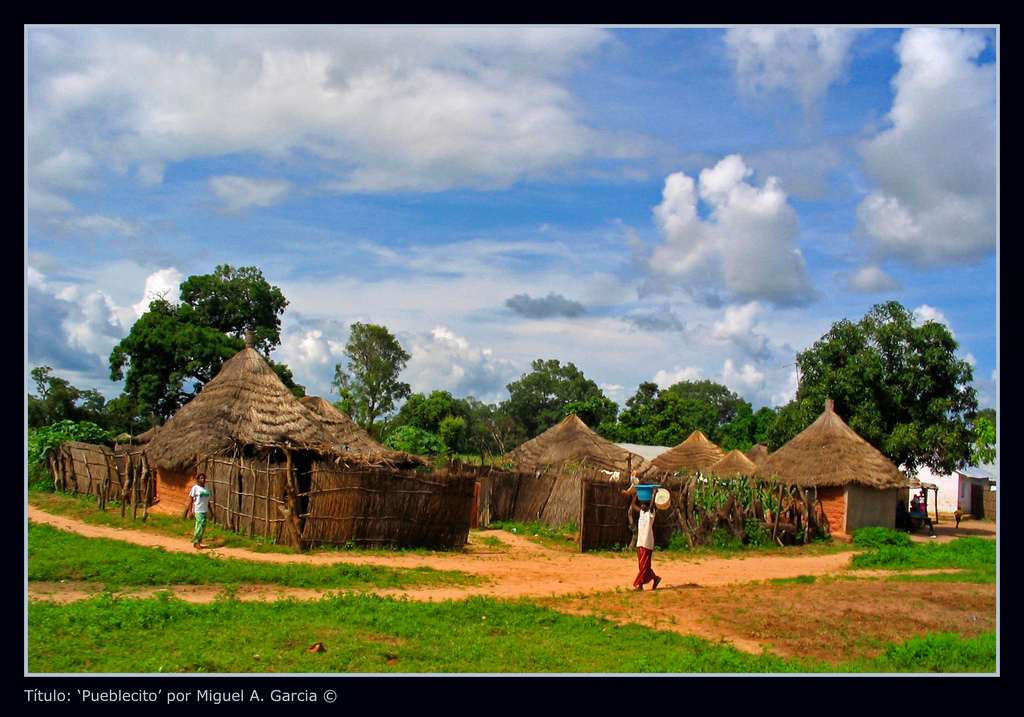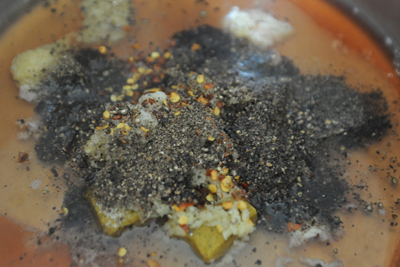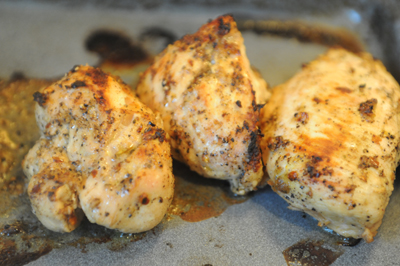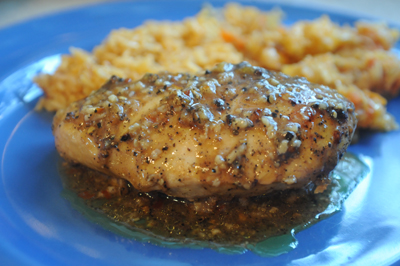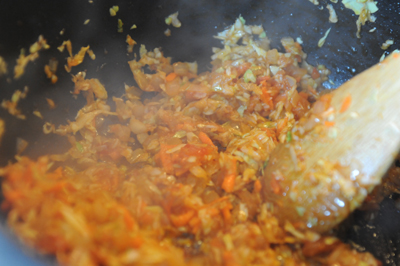I'm not complaining though, I still love doing this every week and am not sure what I'll do with my time once I finally reach Zimbabwe. The states, I guess.
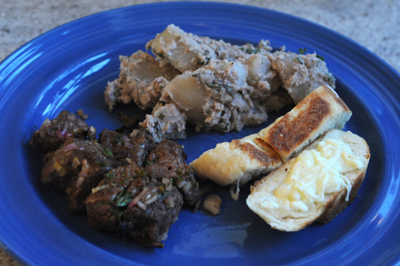 |
Anyway this week we're in Georgia! Which is cool mostly because it isn't Africa, which I've been doing a lot of this year. Georgia is in fact quite a long way from Africa--it is located almost precisely between eastern Europe and Asia and is bordered by the Black Sea, Russia, Turkey, Armenia and Azerbaijan. Georgia was once a part of the Soviet Union, in fact the infamous Joseph Stalin himself was an ethnic Georgian.
.svg/550px-Georgia_(orthographic_projection_with_inset).svg.png) |
Of course I've actually kind of sort of already done Georgia--Abkhazia, in fact, which was my very first entry. Abkhazia is a disputed territory claimed by Georgia but recognized as independent by Russia, and for some reason Nicaragua and Venezuela, way over there on the other side of the world.
 |
| Nutsubidsis Plateau, Georgia. Photo Credit: Henning(i). |
Anyway, it wasn't until right this very moment that I learned about the supra, which is Georgia's most interesting culinary tradition. The supra is basically a big drinking and toasting fest, which is always led by a toastmaster called a Tamada. The Tamada's prerequisites include excellent speaking skills and the ability to consume large quantities of alcohol while a maintaining an appearance of sobriety. Hey, that sounds like fun. Except for the whole four small children and my 17-year-old niece being present at the table thing, of course. So I guess I couldn't have done it anyway even though it would have been a cool way to celebrate TBS's 100th meal.
So we did not do a supra but we did have quite a feast, and here's the menu:
Shashlik
- 1 1/2 lbs sirloin, cut into 1-inch cubes
- 1 tsp salt
- 2 tbsp pomegranate molasses
- 1/4 cup water
- 1/2 medium red onion, finely diced
- 1/2 cup parsley, finely chopped
- 1/2 cup green onions, chopped
- 1/2 tsp cayene pepper
- 1/2 tsp paprika
- 2 cups flour
- 3 tbsp oil
- 3/4 cup plain yogurt
- 1 tbsp cornstarch
- 3/4 tsp baking soda
- 1/4 tsp salt
- 1/2 cup feta cheese
- 1 cup mozarrela, grated*
- 1egg, beaten
- 1 tsp unsalted butter
Kartopili Nigvzit (Potatoes with Walnuts)
- 1 lb boiling potatoes, peeled and cut into 8ths
- 1 medium onion, peeled and minced
- 1 tbsp butter
- 1 generous cup of shelled walnuts
- 2 garlic cloves, peeled
- 1 tsp of salt
- Freshly ground black pepper
- Parsley
- 1/4 cup finely-chopped mixed herbs (cilantro, parsley and dill)
- 2 tsp red wine vinegar
- 4 tbsp unsalted butter, softened
- 3/4 cup sugar
- 1/4 tsp vanilla extract
- 1/8 tsp almond extract
- 1 1/2 cups white flour
- 1 1/2 tsp baking powder
- Pinch salt
- 1 cup milk
- 2 egg whites
- Peach jam
- Syrup
- 6 tbsp white grape juice
- 2 tbsp of sugar
- Red sugar sprinkles
First mix 1/3 cup of the flour with the oil. Add the yogurt, mixing until well blended. Now add another 1/3 cup of flour.
Sift the cornstarch together with the baking soda and salt and add that to the flour mixture. Now gradually add the rest of the flour, stopping when you have a soft dough.
Dust your dough with a little bit of flour and cover it with a clean kitchen towel. Let rest at room temperature for about an hour.
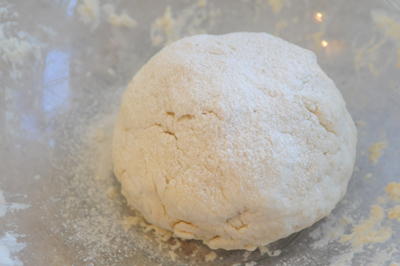 |
Now divide your dough into two balls and place on a floured surface. Flatten each ball into a 10-inch circle.
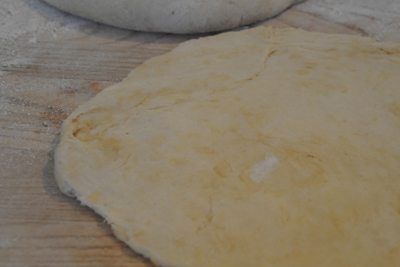 |
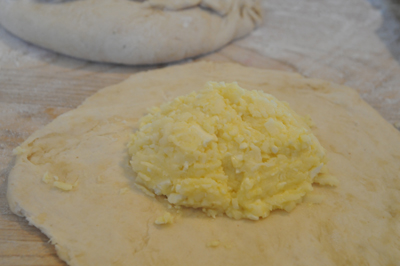 |
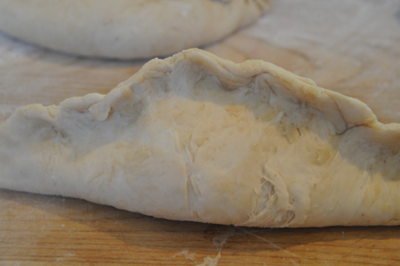 |
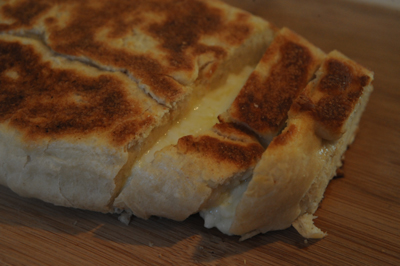 |
Salt the beef cubes and set aside. Now put all the rest of the ingredients together in a bowl, mixing well, and pour over the beef. Let marinade in the refrigerator for at least 30 minutes and up to 24 hours.
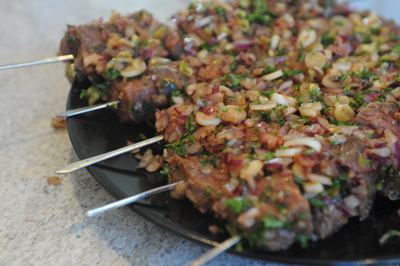 |
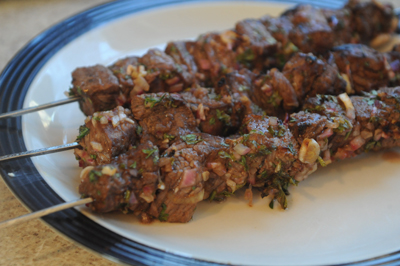 |
First boil them in salted water until they are easily pierced with a fork. In a separate pan, sauté the onion in melted butter until translucent.
Put the walnuts in a food processor and chop them up with the garlic and some salt and pepper. Add the herbs and the vinegar, then the onion. Toss the potatoes with the walnut mixture (they should break up a little) and garnish with parsley. The traditional way to serve these is at room temperature, like a potato salad, but I served mine a bit warmer than that.
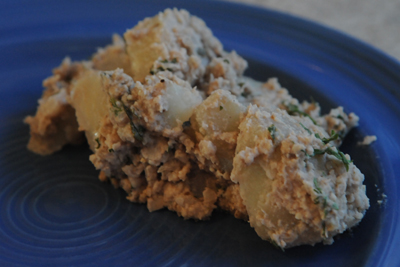 |
Heat your oven to 350 degrees. Grease 12 custard cups (I just used a muffin tin).
Cream the butter and sugar together until fluffy.
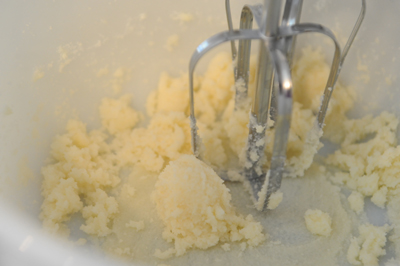 | |
In yet another bowl beat the egg whites, then fold gently into the batter.
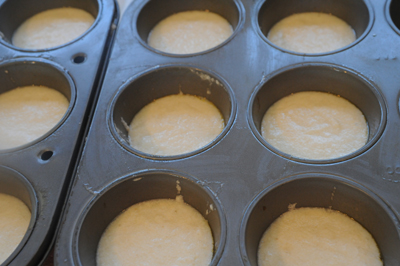 |
Immediately turn your cakes out onto a wire rack. If you want them to be super-pretty, trim them down with a knife so each one has a flat surface (I couldn't be bothered).
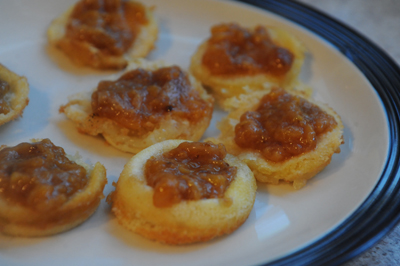 |
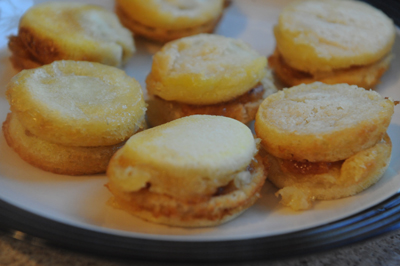 |
 |
Imogen, who has exquisite tastes, enjoyed the meal about as much as I did. It was good beef, not overwhelmed by the marinade but still very tasty, and perfectly cooked if I do say so myself. The bread was super-yummy, as you've already figured out. It was much like an Indian naan bread stuffed with cheese. Seriously, how could you go wrong with that?
Imogen's favorite part of the meal was the potatoes, which were really tasty though they looked absolutely frightening. And the peaches were delicious—all of us devoured them except for Martin who did finish his but declared afterwards that they were "nothing special." Hmm maybe I'm going to stop quoting him on my blog, because it kind of makes me look like a mediocre cook.
So yay! That's meal number 100. On to the next 100!
Next week: Germany
For printable versions of this week's recipes:














